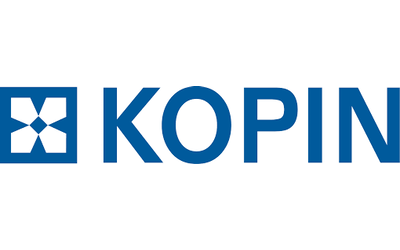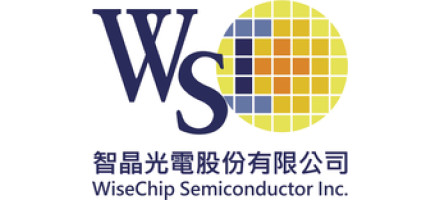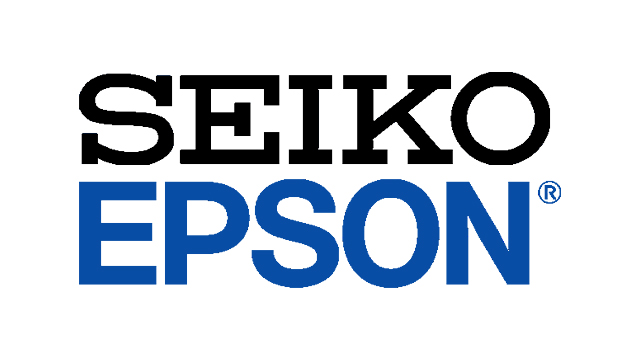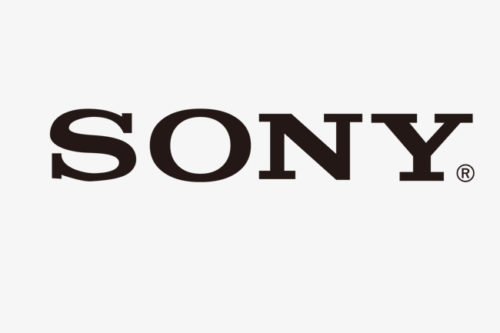Description
The global OLED microdisplay market size was valued at USD 123.9 million in 2020, and it is expected to reach USD 537.0 million by 2027, registering a CAGR of 27.6% during the period. The display industry has advanced from the substantial cathode ray tube (CRT) to the organic light-emitting diode (OLED), owing to the different display needs of various industries. Advancements in computer sizes range from mainframes to palmtops, and now to a display frame that is less than an inch, diagonally. These frames are generating the need for microdisplay technologies. The growing marketplace for wearable devices also augments the demand for small and lightweight displays. OLED microdisplays offer a compact size with high pixel density. The market is witnessing growth, owing to the increased use of microdisplays in devices, such as smartphones, television, etc. Also, low entry barriers and growing revenue avenues are the prominent attributes of the OLED microdisplay market.
The comparative advantages offered by the OLED microdisplays are another driving factor for the increasing adoption of the technology. OLED microdisplays provide benefits, such as size, power, color space, and contrast, making them an ideal suit for near-to-eye applications, hence, the increased adoption in VR/AR and HMDs. OLED microdisplays are used in personal viewers (PV). Electronic viewfinders (EVF) and consumer market applications encompass VR glasses, EVF, industrial cover AR smart glasses, and the defense market targets AR helmets for pilots.
Furthermore, tech giants, such as Google and Apple, have been investing in AR technology startups; Google has invested in Owlchemy Labs and Eyefluence. Apple has a growing list of AR/VR firms in its fold, including Metaio, a free mobile AR browser, and Akonia Holographics builder of lenses for AR glasses. Google also announced that it is offering Google maps in augmented reality. This development by Google is expected to increase the demand for OLED microdisplays from the automotive industry.
COVID–19 Impact on the Global OLED Microdisplay Market
The ongoing COVID-19 pandemic has significantly hampered the progress of the microdisplay market worldwide. The lockdown was imposed in many countries to curb the spread of the coronavirus, and the virus has caused huge disruptions in the global supply chain of the parts and components used in microdisplay systems.
Request For Report Sample: https://www.marketstatsville.com/request-sample/oled-microdisplay-market
As the only US manufacturer of OLED microdisplays, eMagin Corporation was deemed an important business by the US government and has continued to produce and ship products during the COVID-19 pandemic. The company has also implemented additional employee health and safety measures per the Centers for Disease Control and Prevention (CDC) guidelines. It continues to supply products on a timely basis to its customers and maintain a healthy supply chain.
Global OLED Microdisplay Market Dynamics
Drivers: Increasing Number of Near-to-eye (NTE) Applications
Due to power, contrast, size, and color-space advantages, NTE applications represent the largest opportunity for OLED microdisplays. This relates to electronic viewfinders (EVF) and personal viewers (PV). Currently, there are three major markets for near-eye OLED micro-displays. The consumer market encompasses video and VR glasses and EV, industrial covers AR smart glasses for logistics, defense market targets AR helmets for pilots. Smart-Glasses (i.e., NTE displays) has evolved as the major devices for wearable AR, which holds major potential in the market. Tiny microdisplays are the key component of smart glasses, e.g., creating images from OLED that have become popular in mobile phone displays.
All microdisplay technologies in the market combine an image-creating pixel modulation. Still, only the emissive ones (for instance, LED and OLED) feature the image and light source in a single device and thus do not need an external light source. This minimizes system size and power consumption while offering exceptional contrast and color space. These advantages make OLED microdisplays the perfect fit for near-eye applications.
Challenges: Protection of OLED Layers against Oxygen and Water Vapor
The low work function metallic cathodes and organic materials consisting of OLEDs are highly sensitive to atmospheric moisture and oxygen. Water and oxygen penetrate through plastic substrates to form dark spots and edge shrinkages in OLEDs by oxidizing the as-deposited electrodes or corroding the functional organic layers, resulting in devices degradation and light output reduction. Such limitations are challenging the market growth.
To overcome such limitations, various organizations are innovating the encapsulation process of OLED displays. For instance, Phoseon Technology uses a traditional covering method and permanently bonds on the glass substrate to protect the active OLED layers. This is realized by dispensing an epoxy on the edge of the glass and using a UV LED lamp to cure the epoxy and edge-seal the two glass surfaces.
Scope of the Report
The study categorizes the OLED microdisplay market based on type and end-use at the regional and global levels.
By Type Outlook (Revenue, USD Million, 2017–2027)
- Near-to-eye
- Projections
By End-Use Outlook (Revenue, USD Million, 2017–2027)
- Automotive
- Healthcare
- Industrial
- Consumer Electronics
- Military
- Law Enforcement
By Region Outlook (Revenue, USD Million, 2017–2027)
- North America (US, Canada, Mexico)
- South America (Brazil, Argentina, Colombia, Peru, Rest of Latin America)
- Europe (Germany, Italy, France, UK, Spain, Poland, Russia, Slovenia, Slovakia, Hungary, Czech Republic, Belgium, the Netherlands, Norway, Sweden, Denmark, Rest of Europe)
- Asia Pacific (China, Japan, India, South Korea, Indonesia, Malaysia, Thailand, Vietnam, Myanmar, Cambodia, the Philippines, Singapore, Australia & New Zealand, Rest of Asia Pacific)
- The Middle East & Africa (Saudi Arabia, UAE, South Africa, Northern Africa, Rest of MEA)
The near-to-eye segment is projected to account for the largest market share by type
Based on type, the global OLED microdisplay market is divided into near-to-eye and projections. In 2020, the near-to-eye segment accounted for the largest market share of 80.5% in the global OLED microdisplay market. Near-to-eye (NTE) projection is the most common method for head-mounted displays (HMD), sometimes known as “Smart Glasses,” which have gotten a lot of interest in recent years. Organic light-emitting diodes (OLEDs)-based microdisplays have good optical performance with outstanding contrast ratio and broad dynamic range at low power consumption, making them ideal for this application.
Request For Report Discount: https://www.marketstatsville.com/request-for-special-pricing/oled-microdisplay-market
Further, OLED-on-Silicon technology has become vital to emissive microdisplays in near-to-eye displays, e.g., upcoming smart glasses. Organized as a 1280 x 1024 array built on a CMOS silicon substrate with a 0.774″ diagonal display measurement, the OL12C10M is said to be the world’s first commercial OLED-on-silicon microdisplay. With a green (535 nm) emissive color, the microdisplay is targeted in consumer, industrial, and military applications where low power and high resolution in a compact form factor are needed.
Asia Pacific accounts for the highest CAGR during the forecast period
Based on the regions, the global OLED microdisplay market has been segmented across North America, Asia-Pacific, Europe, South America, and the Middle East & Africa. Globally, Asia Pacific is estimated to hold the highest CAGR of 27.9% in the global OLED microdisplay market during the forecast period. Asia-Pacific is expected to become the fastest-growing market globally during the forecast period. The largest single-country markets in the region are expected to be China, South Korea, and Japan. The growth is being augmented by the presence of the world’s most well-developed electronics manufacturing ecosystem.
Report Analysis: https://www.marketstatsville.com/oled-microdisplay-market
Further, despite the fast development of the OLED microdisplays in the last decade, the drawbacks in full-color rendering, brightness, and cost-effectiveness still need to be addressed. A low-driving-voltage and efficient Top-Emitting Organic Light-Emitting Device (TEOLED) with electrically doped transporting layers was developed and integrated with the complementary metal-oxide-semiconductor (CMOS) backplane. The Aluminium contact fabricated in the CMOS foundry was employed to fabricate the TEOLEDs, which provided the most precise model for constructing the equivalent circuit for microdisplays.
Key Market Players
The OLED microdisplay market is mildly concentrated in nature with few numbers global players operating in the market such as MicroOLED SA, Yunnan Olightek Optoelectronic Technology Co. Ltd., Winstar Display Co. Ltd., eMagin Inc., Kopin Corp., WiseChip Semiconductor Inc., Seiko Epson Corp., Fraunhofer FEP, Sony Semiconductor Solutions Corp., and Sunlike Display Technology Corp. Every company follows its business strategy to attain the maximum market share.


















Leave a Reply